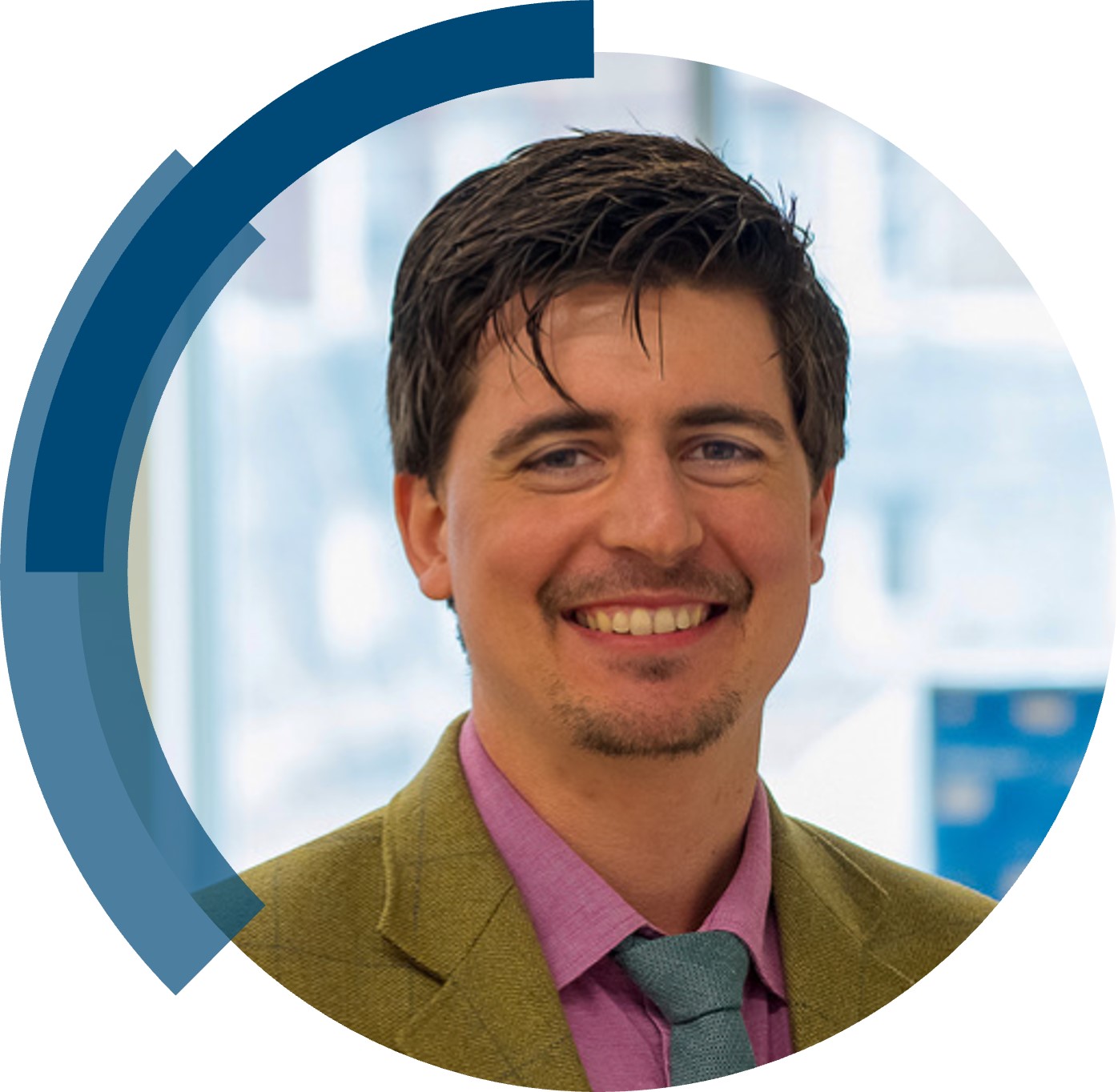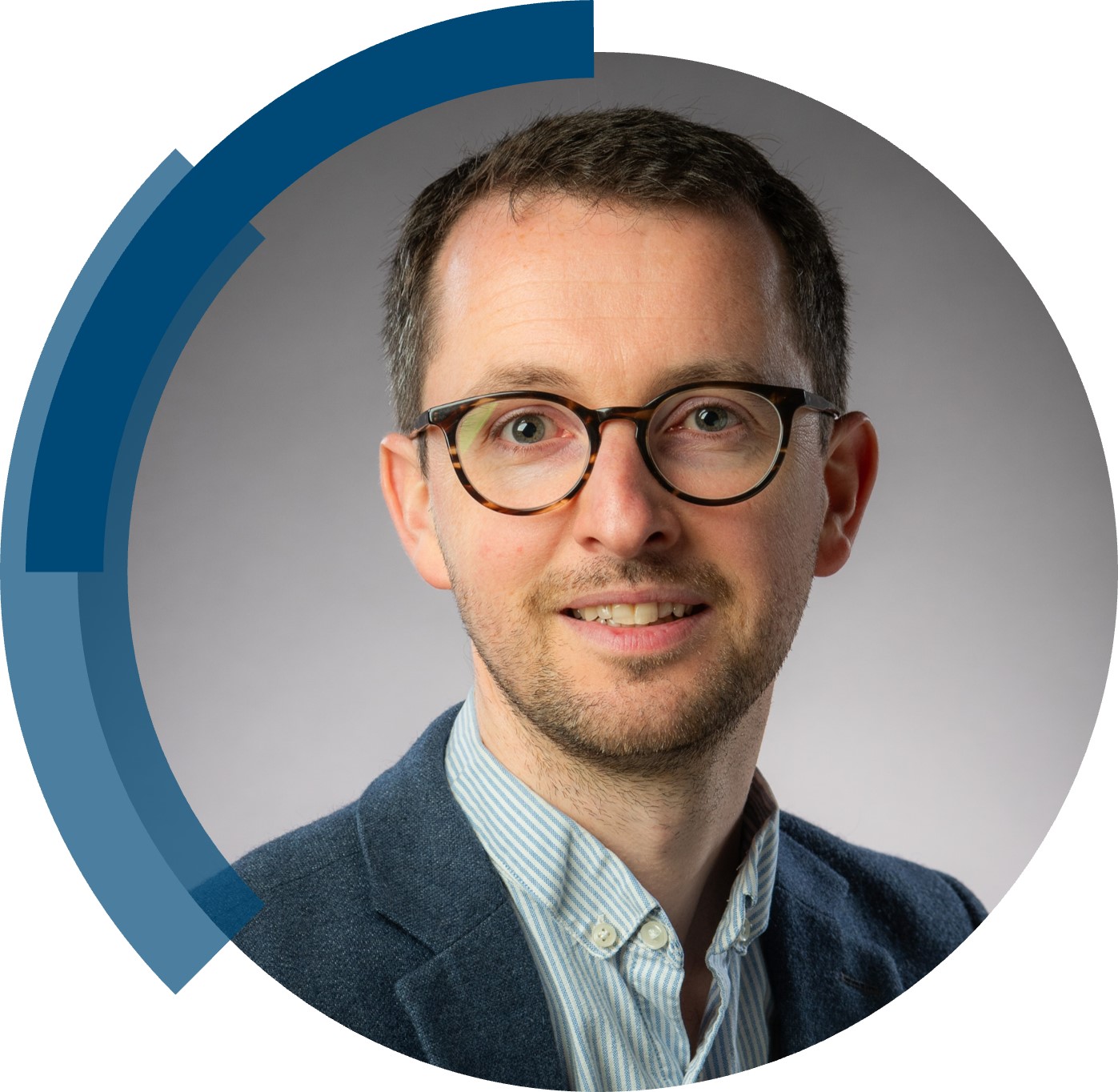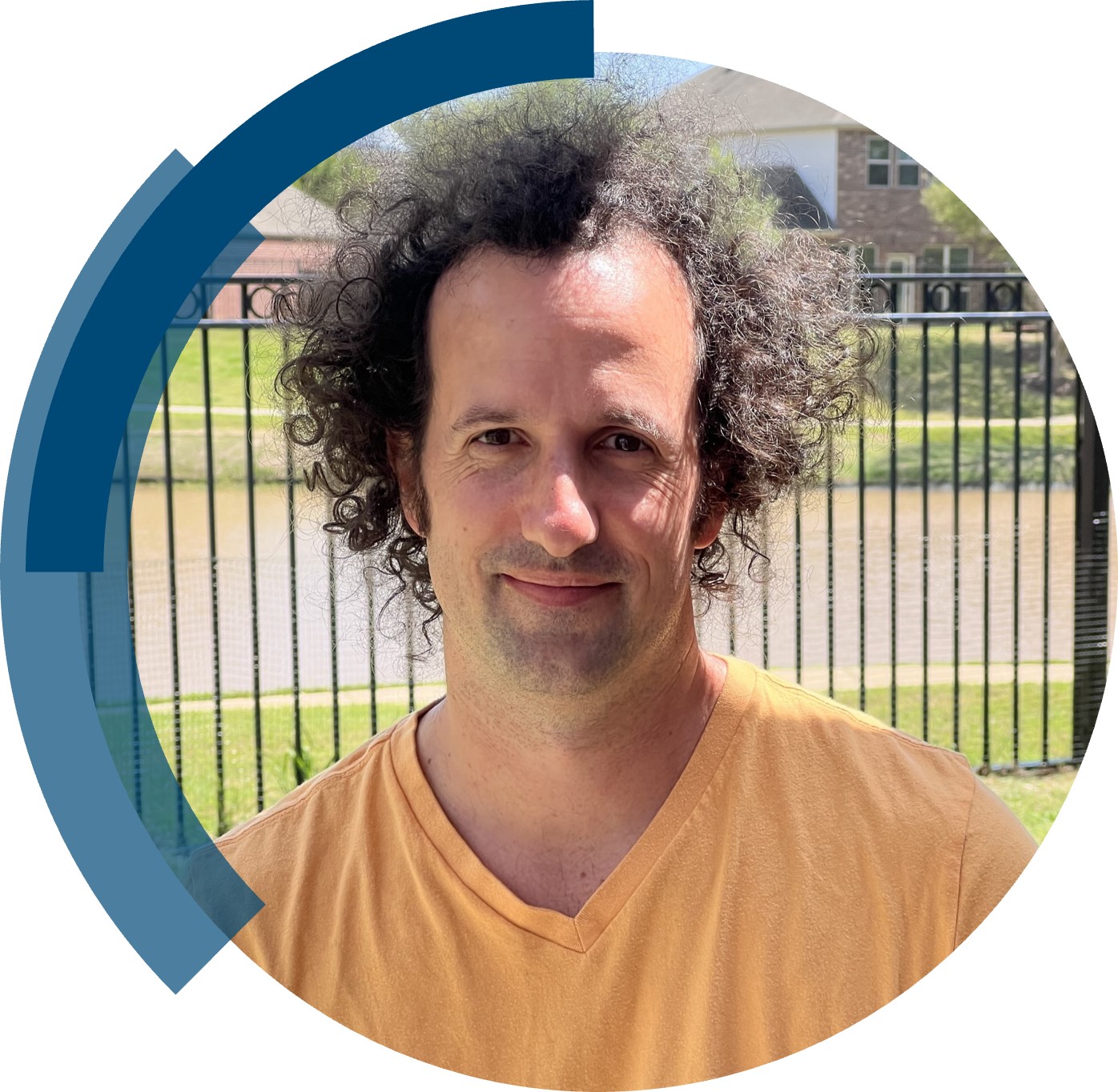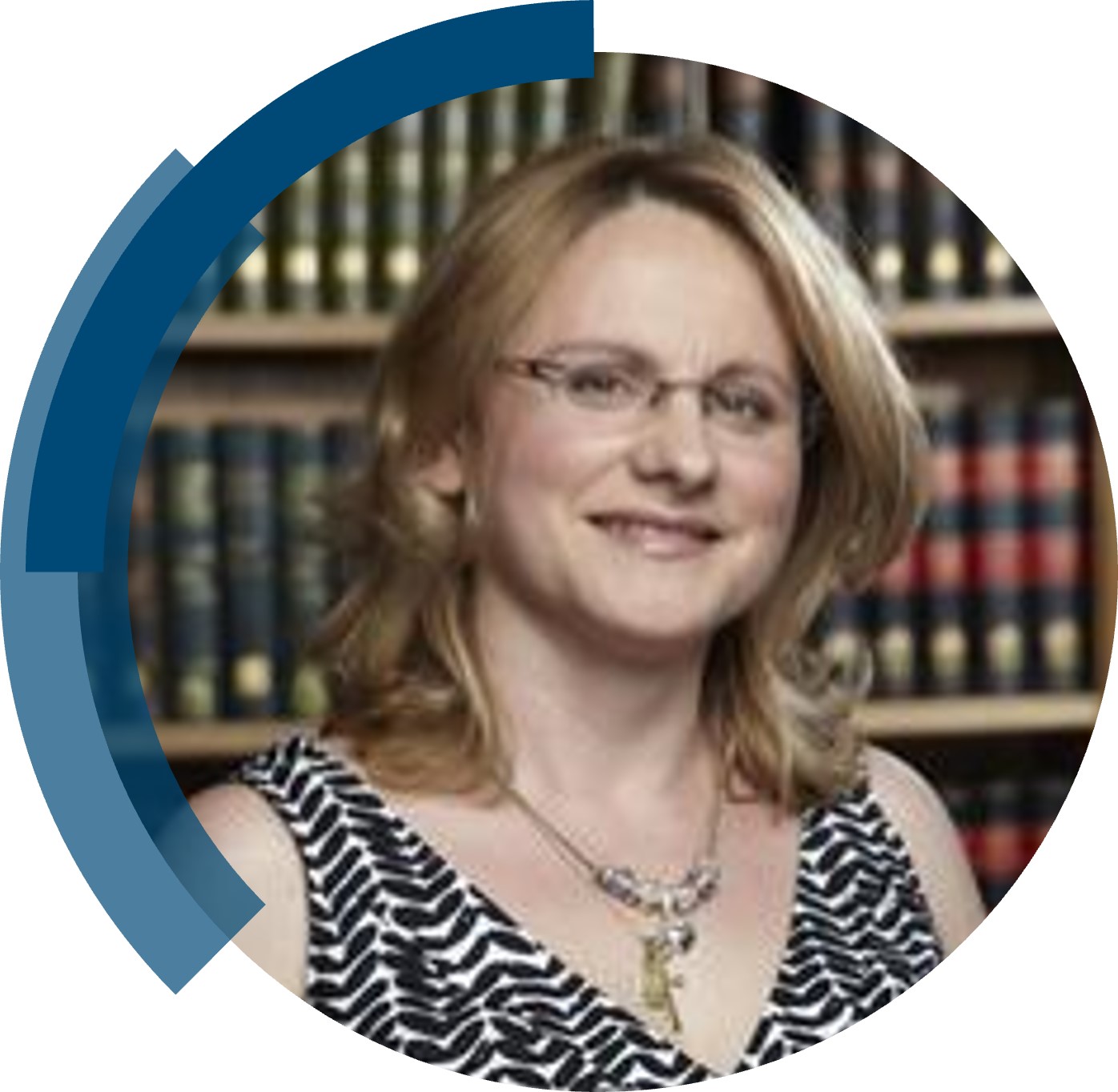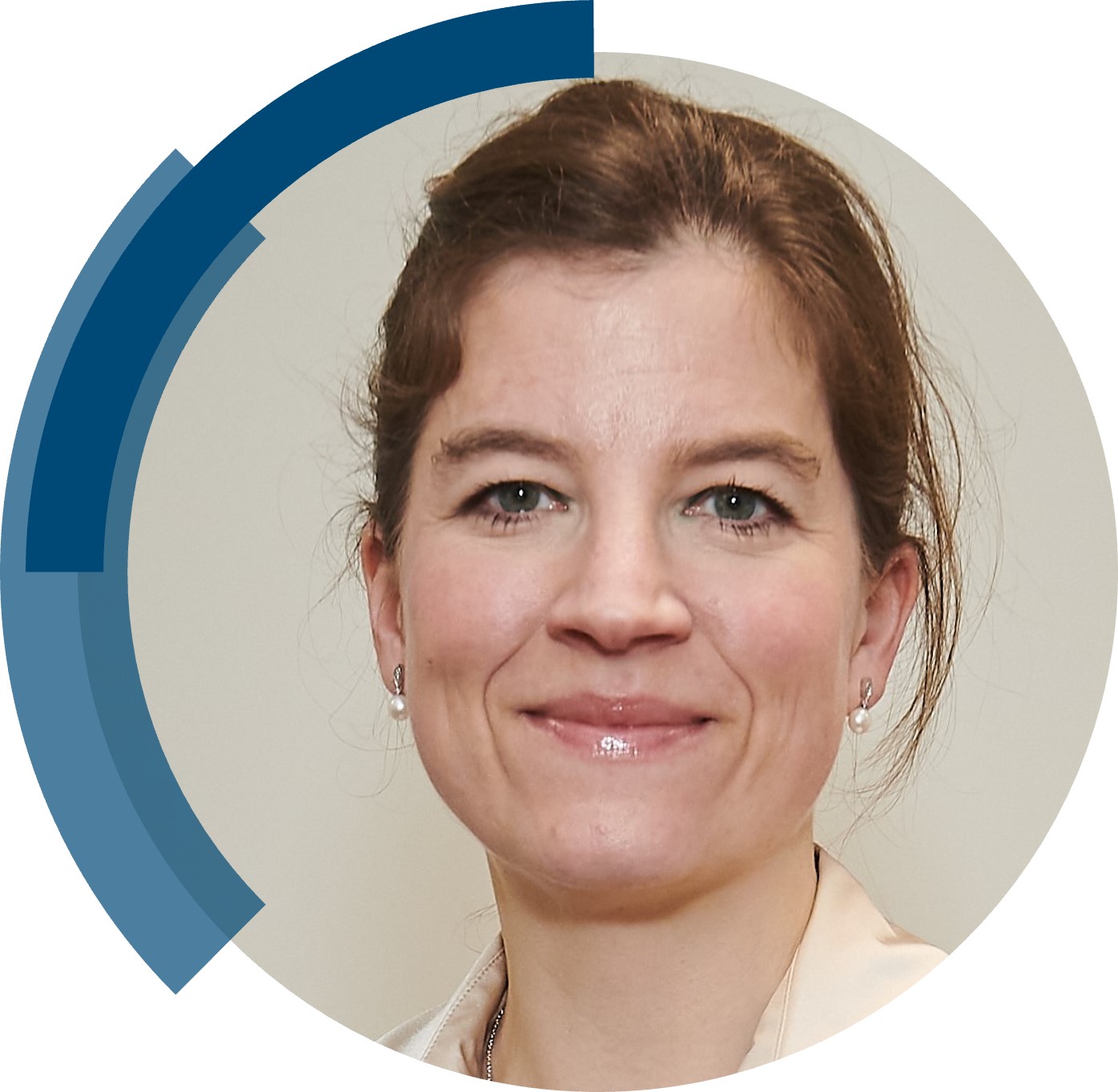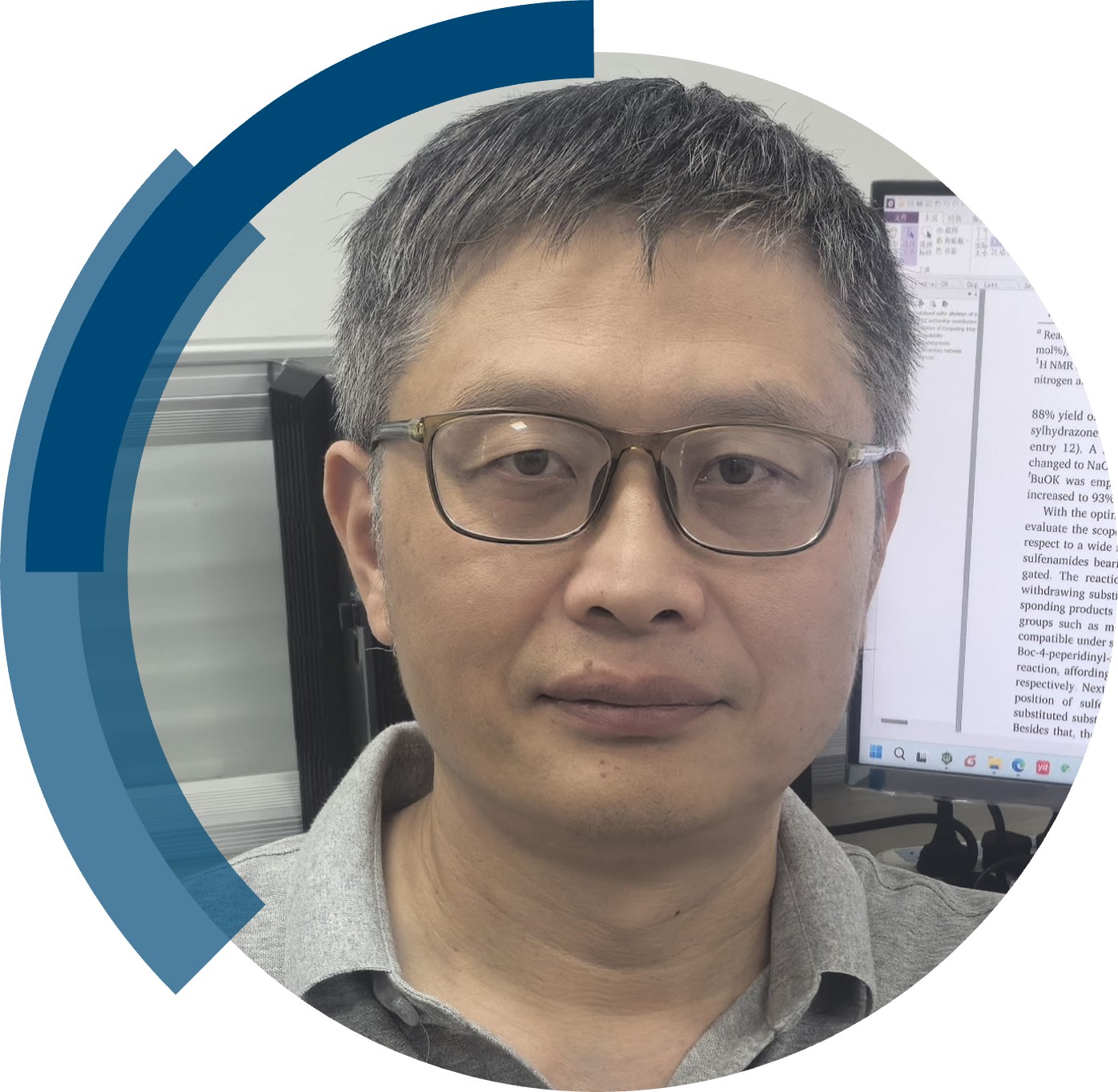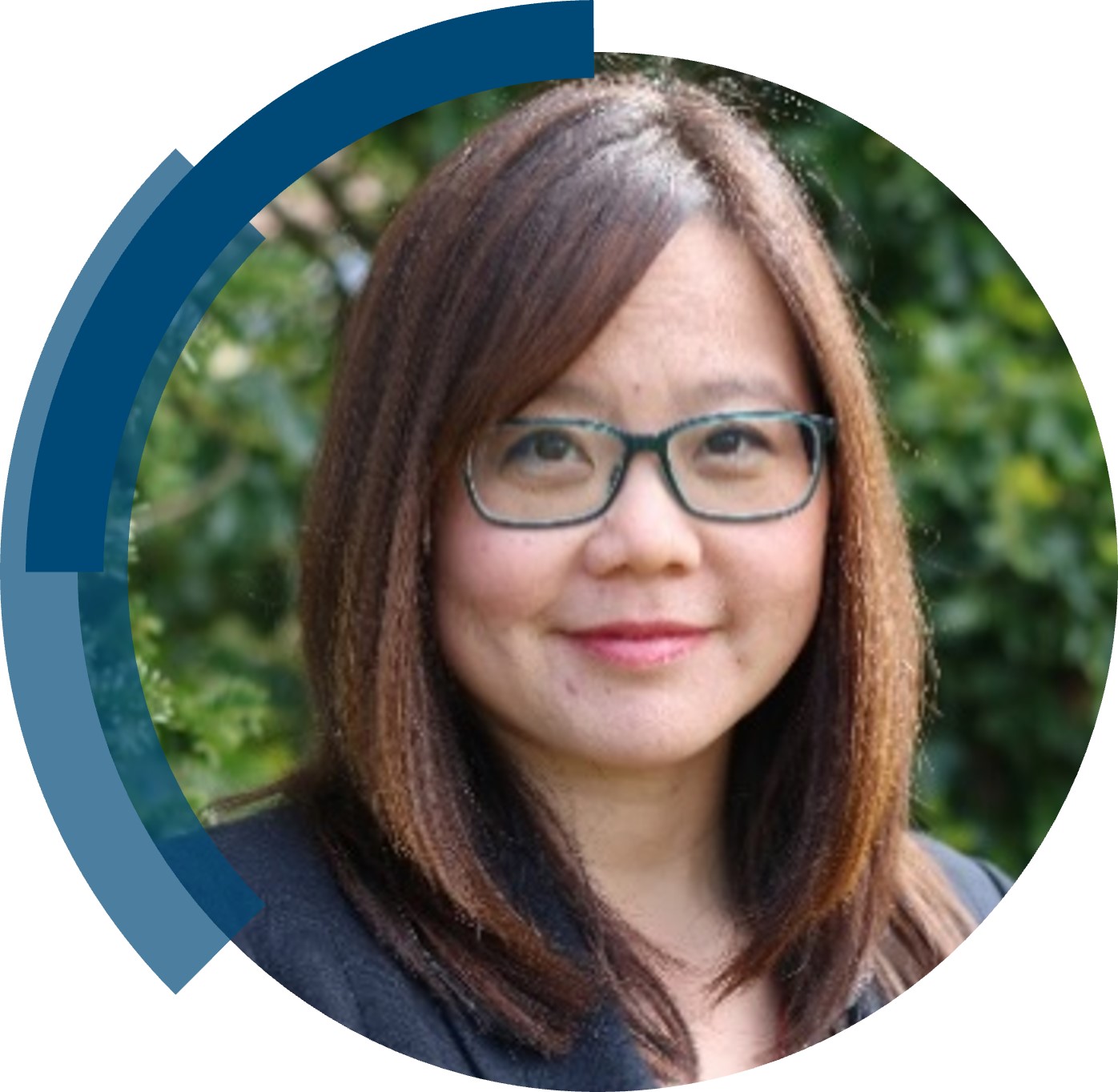ChemComm is publishing its 60th volume in 2024. Over the past 60 years, ChemComm has been the RSC’s most cited journal, and one of the most trusted venues for rapid publication of short communications. In our anniversary year, we recognise the important contributions ChemComm has made, and continues to make, in advancing the chemical sciences.
As part of our anniversary celebrations, we’ve brought together a collection featuring the latest research from some of our most loyal and dedicated authors. From those marking the beginning of their independent academic career by publishing their first article with us, to the rising stars and established leaders publishing in our yearly ‘Emerging Investigators’ and ‘Pioneering Investigators’ collections, this collection champions the contributions of our worldwide author community. We are proud many authors choose to support our journal by regularly publishing their best work with us. This collection also features papers from our ChemComm Emerging Investigator Lectureship winners, and our Outstanding Reviewer awardees, whose invaluable feedback has shaped our published content through the years.
To accompany the collection, we’ll be publishing interviews with contributing authors where they provide further insight into their research and reflect on their journey with ChemComm.
Check out our interview with Carlos Vila (University of Valencia, Spain) below!
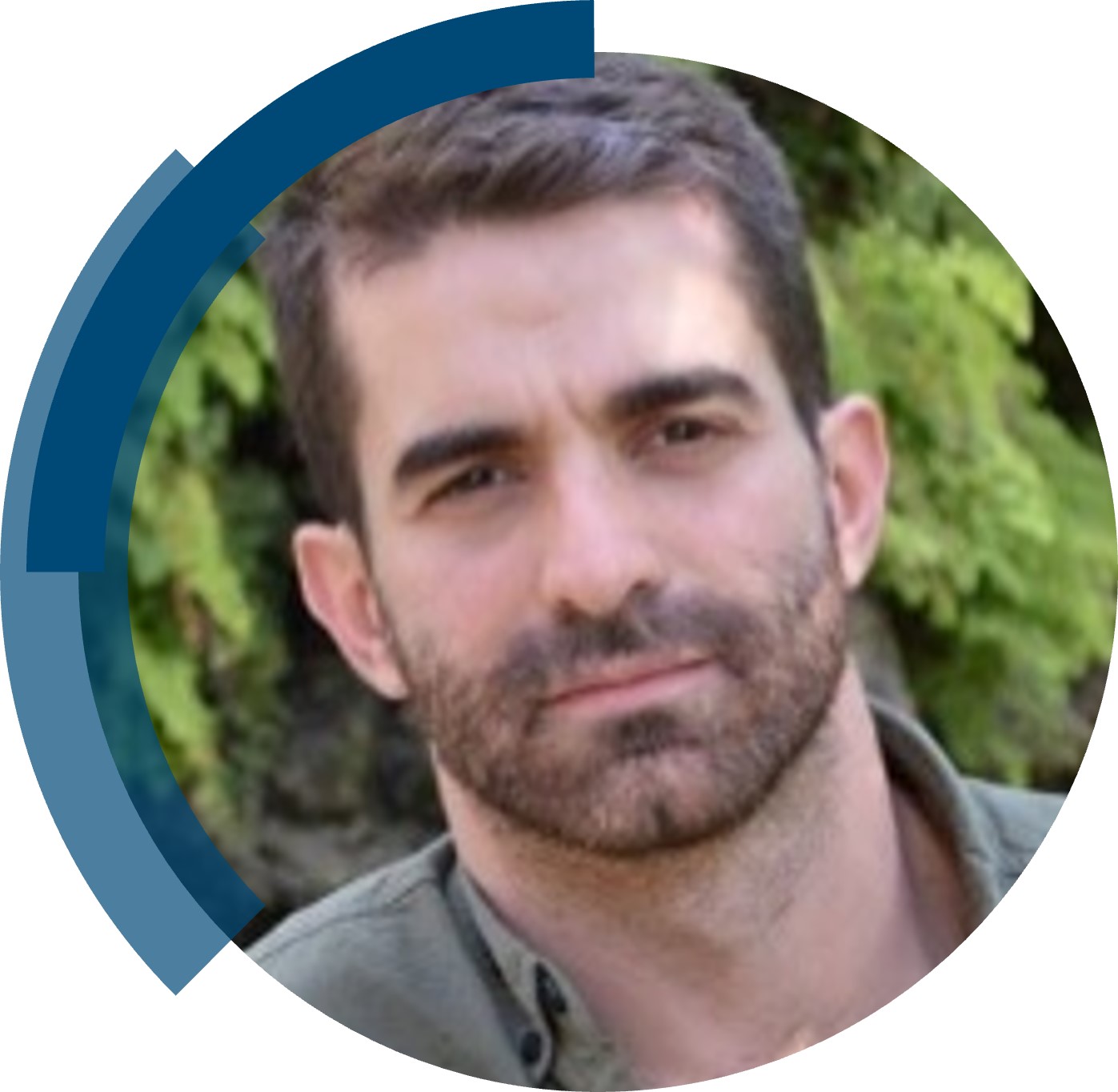 |
Carlos Vila received his degree in chemistry (2005, Extraordinary Award for the Best Mark UVEG and National Award from Spanish Education Ministry in 2005) and his Ph.D. (2010, Excellent Cum Laude) from Valencia University. In 2010, he joined the group of Prof. Rueping at RWTH Aachen University, Germany, for two years and 2 months as a postdoctoral researcher where he focused on photoredox catalysis and activation of allylic alcohols. In 2012, he started a two-year postdoctoral stay with Prof. Feringa at Groningen University as a Marie Curie Fellow, working on cross-coupling reactions and asymmetric catalysis. In 2014, he returned to Valencia University as a “Juan de la Cierva” researcher and later in 2017, he was appointed as a ‘Ramón y Cajal’ researcher at the Organic Chemistry Department of the University of Valencia. In March 2023, he was promoted to Associate Professor at the same department. His research focuses on the development of new methodologies for the sustainable synthesis of organic compounds, especially heterocyclic compounds, through the use of asymmetric catalysis, organocatalysis and/or photocatalysis. |
How have you seen ChemComm evolve over the years, and what aspects do you find most noteworthy?
I started my Ph.D. in 2005, so I have known the journal Chemical Communications for less than 20 years. Over these years, what I can say about the journal is that, for me, Chemical Communications is a highly relevant journal in the field of multidisciplinary chemistry. In this journal, you can find communication where you can read, learn, and research the several aspects of chemistry that are currently under investigation in over the world. Due to its rapid publication process, the results presented in the different articles are immediately available to other researchers, therefore it is a journal that has an immediate impact in science. In recent years, the presence of highlights and short reviews seems very interesting to me because, in just a few pages, you can learn about a specific area that is a hot topic
What is your favourite thing about ChemComm?
One of my favourite things about Chemical Communications is the speed with which articles are published on topics that are hot in the field of chemistry. This ensures that the published articles are available to advance science very quickly. Additionally, Chemical Communications is a journal with high standards, where articles go through very reliable and thorough review processes. Therefore, the research published in this journal is not only relevant but also fully trustworthy
In what ways do you think ChemComm stands out among other journals in your field?
As I mentioned earlier, Chemical Communications stands out for the speed with which it publishes high-quality and scientifically rigorous articles on a wide range of research areas in chemistry. Its rapid publication process ensures a high impact without compromising the quality of the hundreds of contributions from various chemistry researchers from all the world across diverse fields of chemistry. By reading its communications, it is very easy to gain a broad understanding of the chemical research being conducted in the different research groups
How would you describe the peer review process and interaction with the editorial team at ChemComm?
I have experience with Chemical Communications both in the peer review process of our group’s articles and as a reviewer. In both cases, my experience with the peer review process has been excellent, both with the reviewers and the editorial team. For example, I found it very constructive, notable and valuable for the reviewers that the editorial teams send to the reviewers, the reports and opinions of the other reviewers as well as the editor’s final decision. In some journals, it is not possible to view the different reports made by the referees, which could make the peer review process somewhat opaque. In the case of this journal, the process is reliable and trustworthy.
Are there ways in which the journal can further support and engage with future generations of scientists?
I believe that Chemical Communications is a journal that supports new and future generations of scientists, because it gives significant visibility and impact to early-career researchers through its annual Emerging Investigators issues. It is a research journal where different aspects of chemistry can be found, and therefore, it can have a great impact on the training of new researchers by providing access to outstanding results and research studies across numerous fields of chemistry in an easy and timely manner.
Could you provide a brief summary of your recent ChemComm publication?
Our latest publication is a highlight that collects the latest results in the catalytic asymmetric electrophilic functionalization of the less reactive N-heteroaromatic compounds that has been reported using the approach of the introduction of an exocyclic amino substituent. With these strategy, the unusual enantioselective Friedel–Crafts alkylation of pyrazoles, isoxazoles and isothiazoles has been reported. The Friedel-Crafts alkylation of these nitrogen heterocycles are unusual, but with this strategy several examples of the synthesis of highly remarkable chiral nitrogen heterocycles have been described in the last four years.
In your opinion, what are the next steps or potential areas of research that could build upon the findings in this paper?
This paper can help to other synthetic organic chemists to know this strategy and its potential for the synthesis of chiral N-heterocycles using asymmetric catalysis. The knowledge of the reported methodologies, it can represent an inspiration to develop the synthesis of new chiral N-heterocycles with potentially applications in medicinal or pharmaceutical chemistry, as well as in agrochemical industry or material science.
Be sure to read Carlos’s full Highlight, “Asymmetric electrophilic functionalization of amino-substituted heteroaromatic compounds: a convenient tool for the enantioselective synthesis of nitrogen heterocycles” to learn more!












